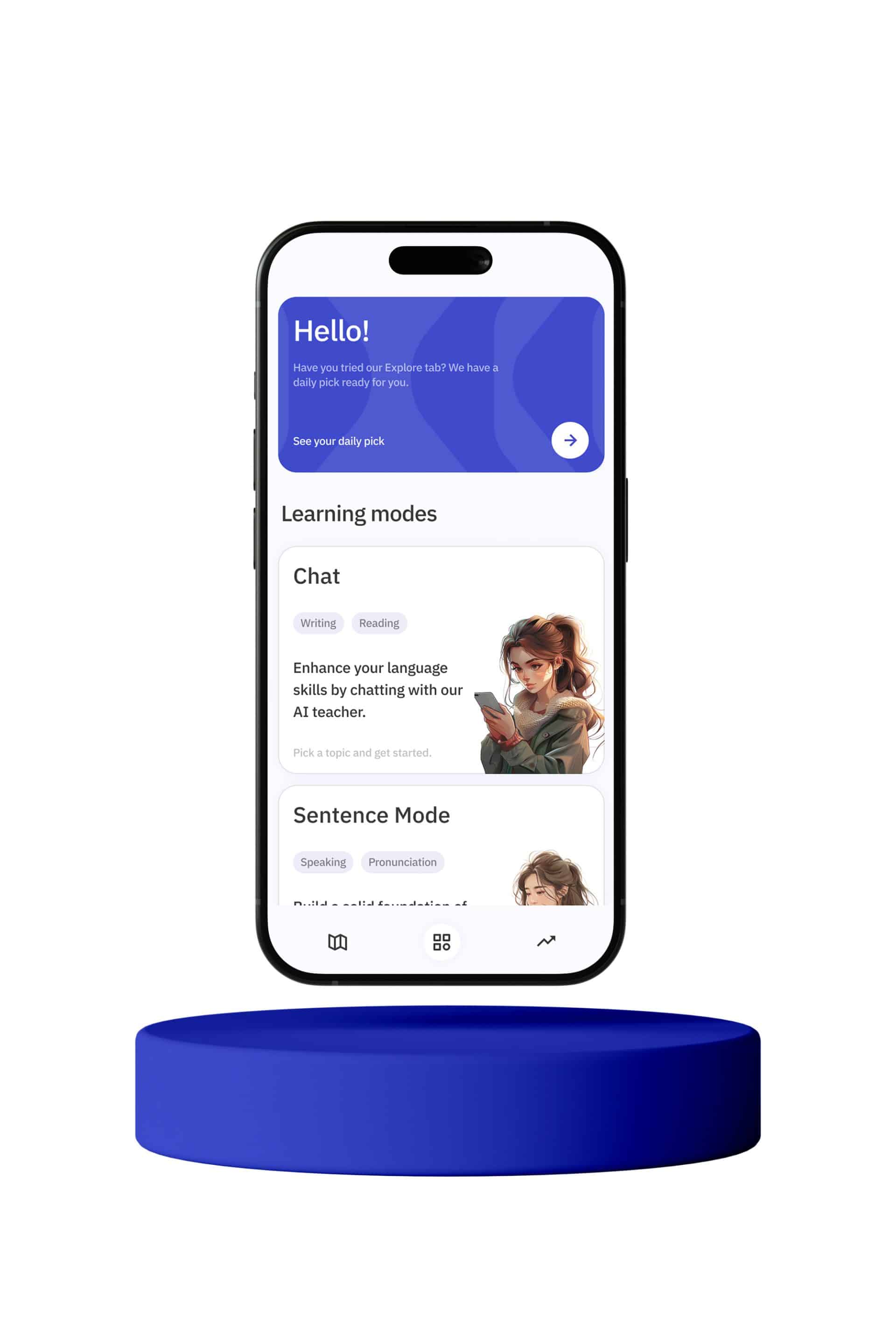Language learners often encounter challenges when differentiating between seemingly similar words in a new language. This article aims to clarify the nuanced differences between the Arabic words حقيقي (Haqiqi) and واقعي (Waqi’i), which both translate to “real” or “realistic” in English. Understanding these distinctions is crucial for accurate communication and comprehension.
Firstly, let’s delve into the word حقيقي (Haqiqi). The term حقيقي is derived from the root word حقيقة (Haqiqa), which means “truth” or “reality”. Therefore, حقيقي (Haqiqi) is used to describe something that is genuine, authentic, or true in nature. For instance, if you were to describe a diamond as حقيقي (Haqiqi), you are emphasizing that the diamond is real and not an imitation or fake.
In contrast, واقعي (Waqi’i) comes from the root word واقع (Waqi), which means “reality” or “actuality”. The word واقعي is often used to describe something that is realistic or practical. It pertains to things that are grounded in reality and could feasibly occur or exist. For example, a movie with a واقعي (Waqi’i) storyline is one that portrays events and characters in a manner that is believable and reflective of real life, even if the movie itself is fictional.
To illustrate the differences further, consider the following examples:
1. **Describing a Person’s Character:**
– If you say someone is a حقيقي (Haqiqi) friend, you mean they are a true and genuine friend.
– If you describe someone as a واقعي (Waqi’i) person, you are highlighting their practical and realistic approach to life.
2. **Describing Objects:**
– A حقيقي (Haqiqi) painting by a famous artist implies the painting is authentic and not a reproduction.
– A واقعي (Waqi’i) depiction in art means the artwork portrays subjects in a life-like and believable manner.
3. **Describing Situations:**
– A حقيقي (Haqiqi) emergency situation means the emergency is genuine and not a drill or false alarm.
– A واقعي (Waqi’i) scenario in a training exercise means the scenario is designed to be as close to real-life conditions as possible.
Understanding these subtle differences is essential for effective communication in Arabic. When you want to emphasize the authenticity or truthfulness of something, use حقيقي (Haqiqi). When you want to highlight the realistic or practical nature of something, use واقعي (Waqi’i).
It’s also important to note that context plays a significant role in determining which word to use. Here are a few more context-specific examples to help solidify your understanding:
– **In Literature and Media:**
– A حقيقي (Haqiqi) story in a book refers to a non-fictional, true account.
– A واقعي (Waqi’i) portrayal in a film refers to characters and events that are depicted in a believable manner, even if the story is fictional.
– **In Conversations:**
– When discussing facts, using حقيقي (Haqiqi) stresses the truthfulness of the information.
– When giving advice, using واقعي (Waqi’i) emphasizes the practicality and feasibility of the suggestions.
Moreover, these distinctions are not unique to Arabic. Many languages have similar pairs of words that differentiate between authenticity and realism. For instance, in English, “real” and “realistic” serve similar functions, though they are not always interchangeable. Understanding these nuances helps language learners appreciate the depth and richness of their target language.
To further enhance your grasp of حقيقي (Haqiqi) and واقعي (Waqi’i), consider the following practice exercises:
1. **Sentence Creation:**
– Write five sentences using حقيقي (Haqiqi) to describe authentic objects, people, or situations.
– Write five sentences using واقعي (Waqi’i) to describe realistic scenarios or characteristics.
2. **Translation Practice:**
– Translate the following sentences into Arabic, choosing the appropriate word between حقيقي and واقعي:
1. The documentary presents a real story.
2. She is a realistic thinker.
3. This is a genuine leather jacket.
4. The novel has a realistic plot.
5. He gave a true account of the events.
3. **Contextual Analysis:**
– Read a short article or story in Arabic and identify instances where حقيقي or واقعي are used. Analyze why the author chose one word over the other in each instance.
Through these exercises, you will become more adept at recognizing and using حقيقي (Haqiqi) and واقعي (Waqi’i) correctly. Remember, language learning is an ongoing process that involves continuous practice and exposure. By paying attention to context and practicing regularly, you will enhance your understanding and ability to communicate effectively in Arabic.
In conclusion, while حقيقي (Haqiqi) and واقعي (Waqi’i) may both translate to “real” or “realistic” in English, they serve different purposes in the Arabic language. حقيقي emphasizes authenticity and truthfulness, whereas واقعي highlights practicality and believability. Mastering these distinctions will significantly improve your proficiency and confidence in using Arabic. Keep practicing, and soon these nuances will become second nature in your language journey.








